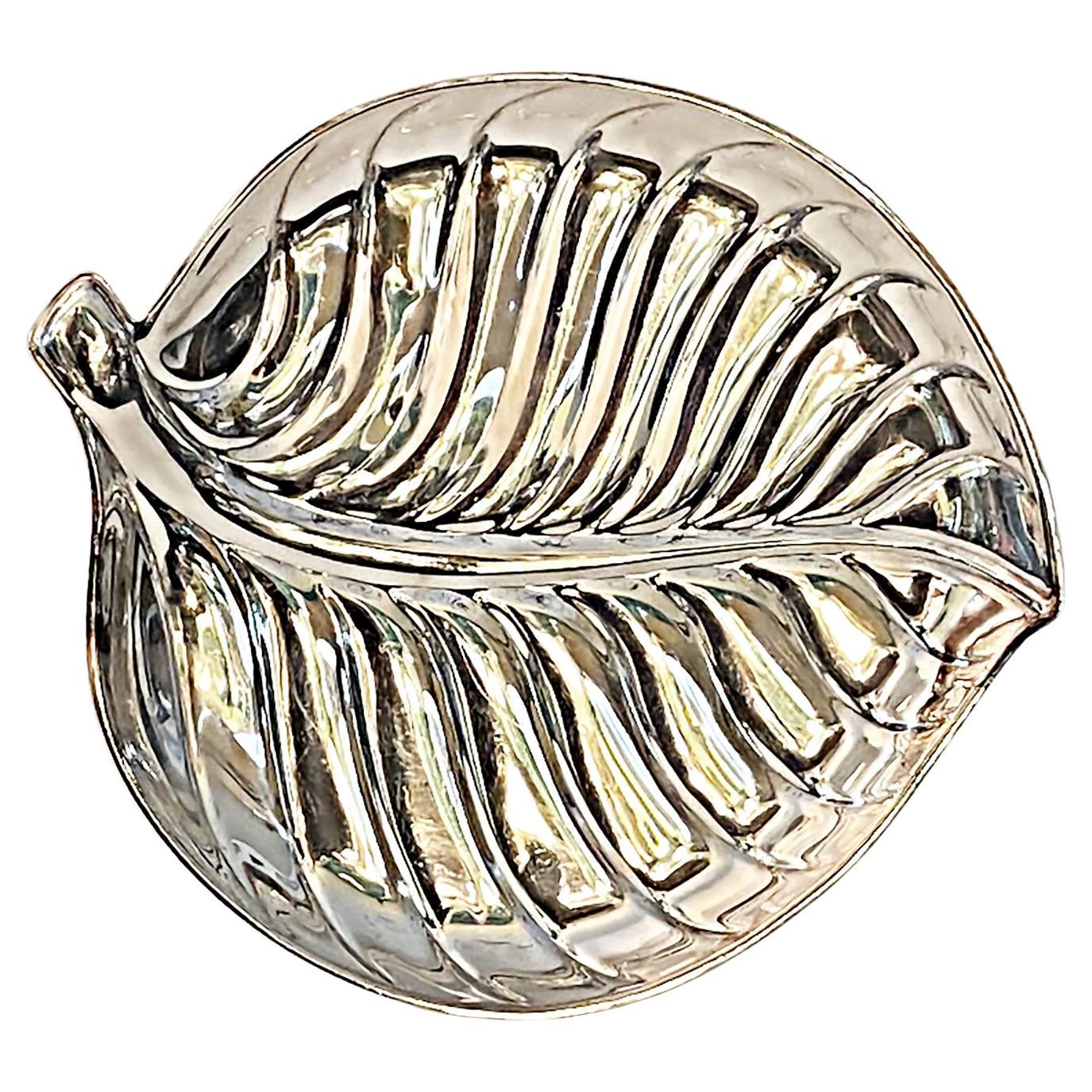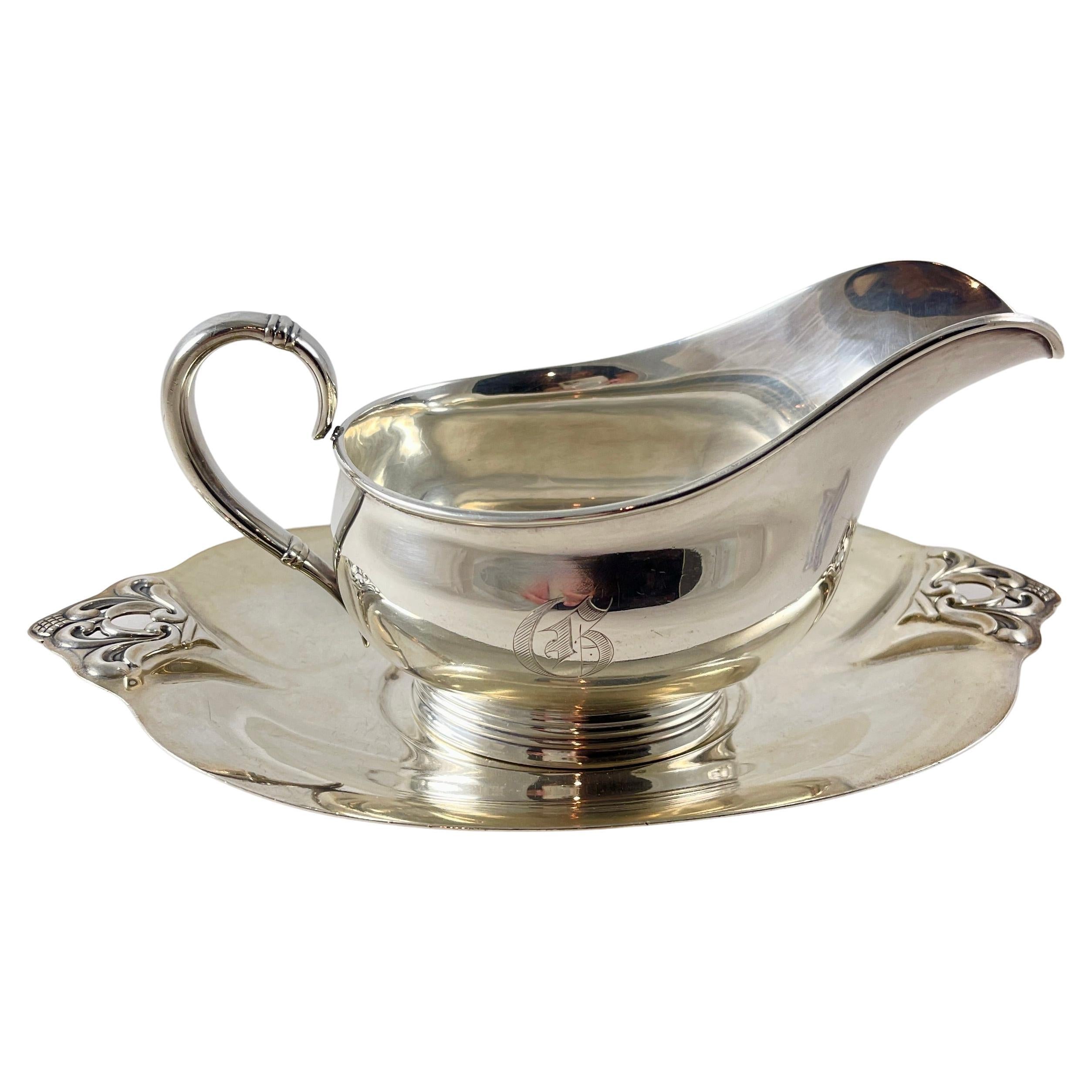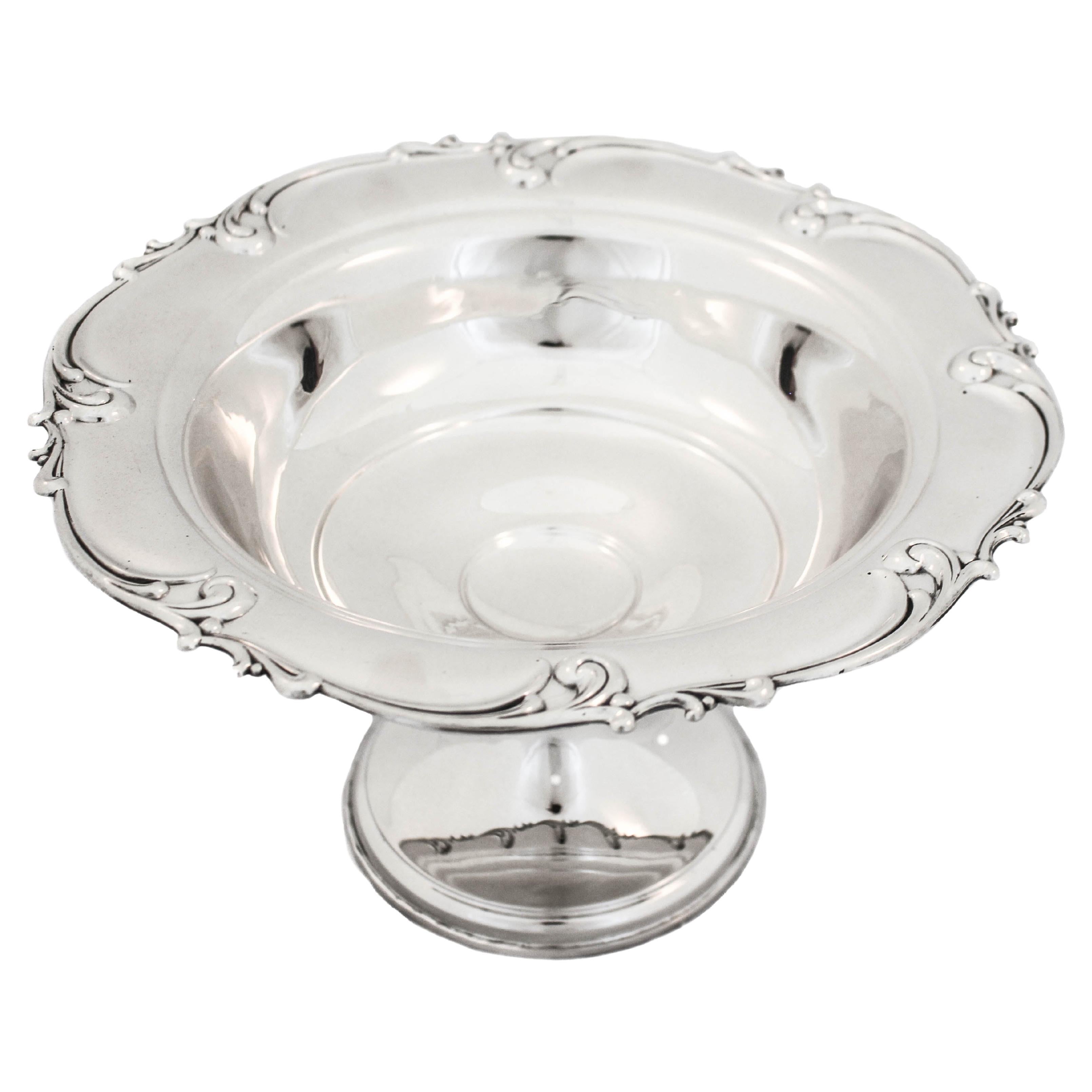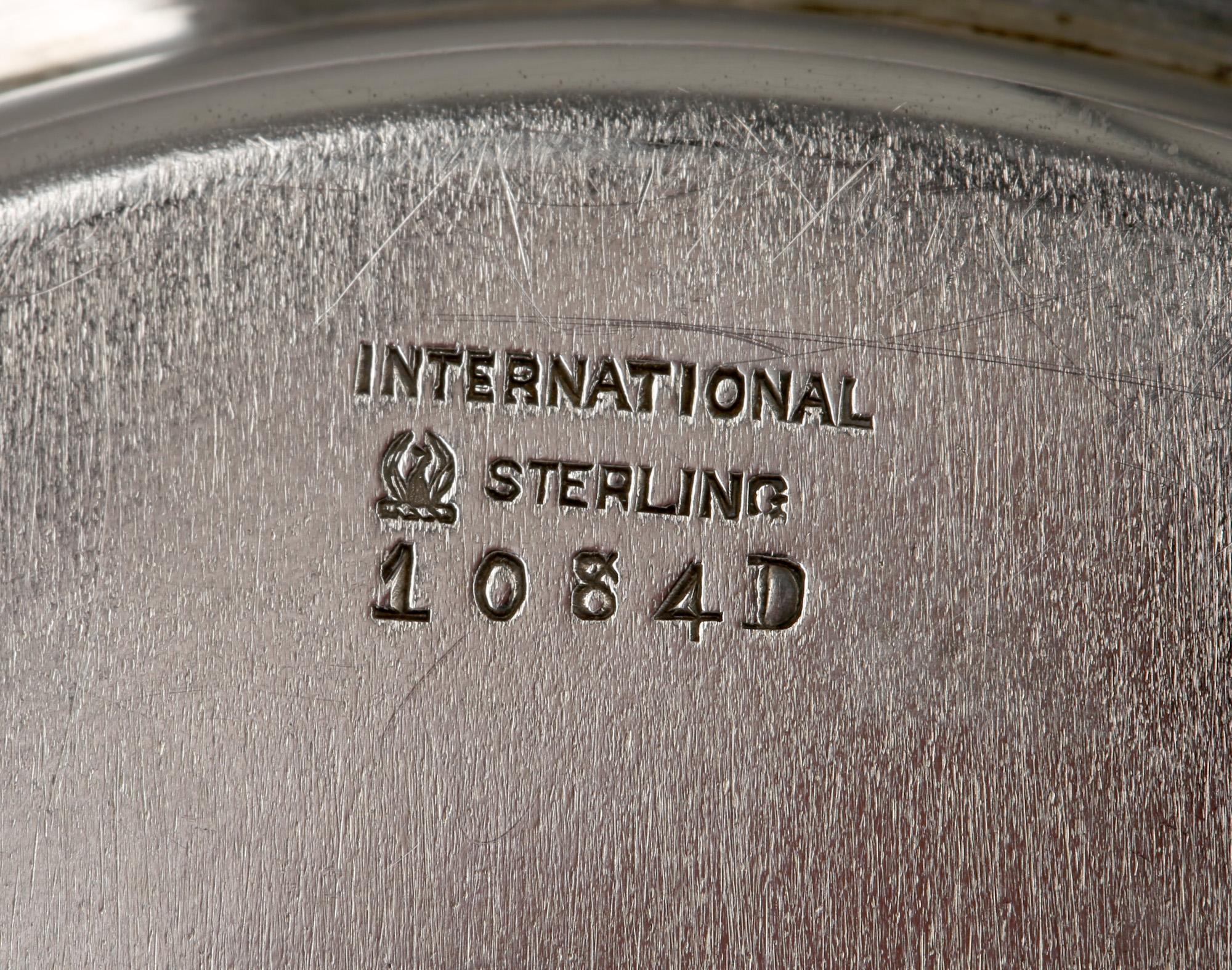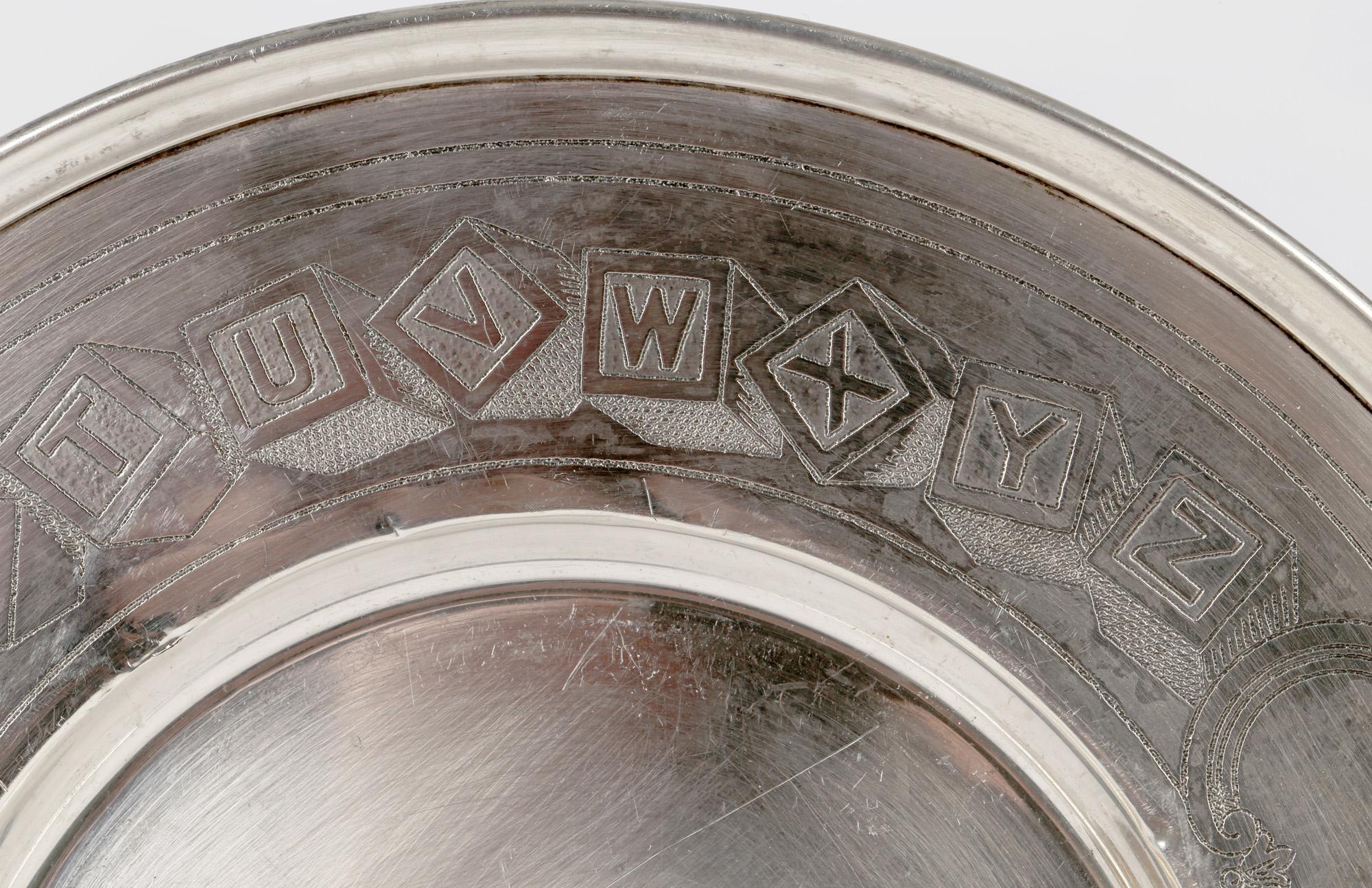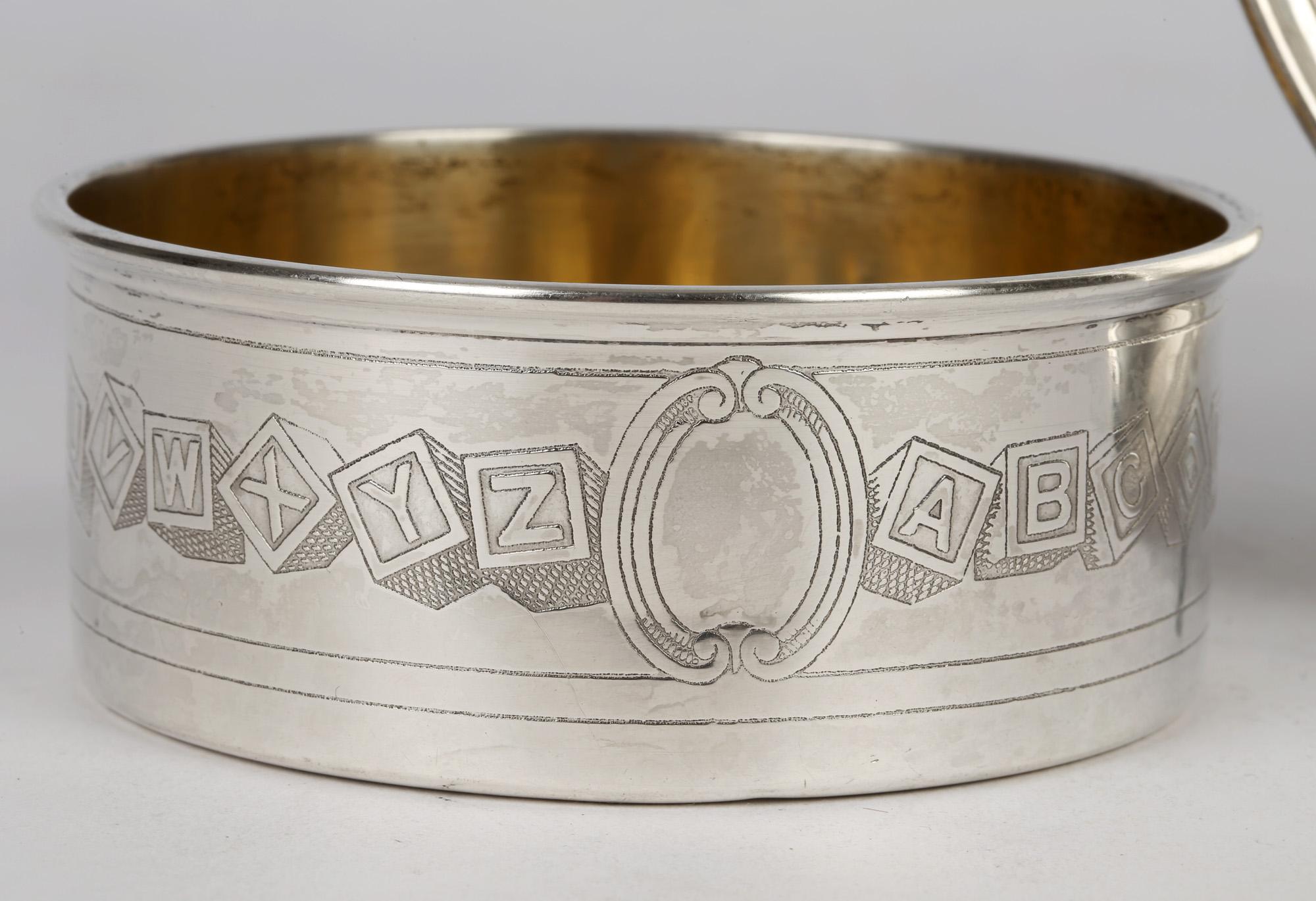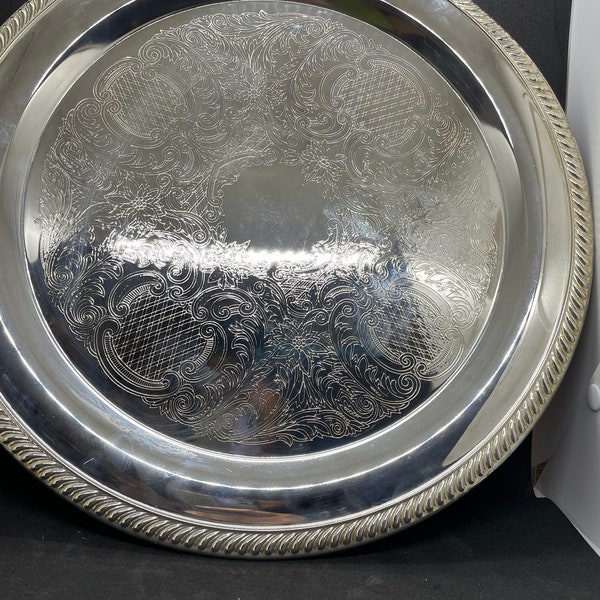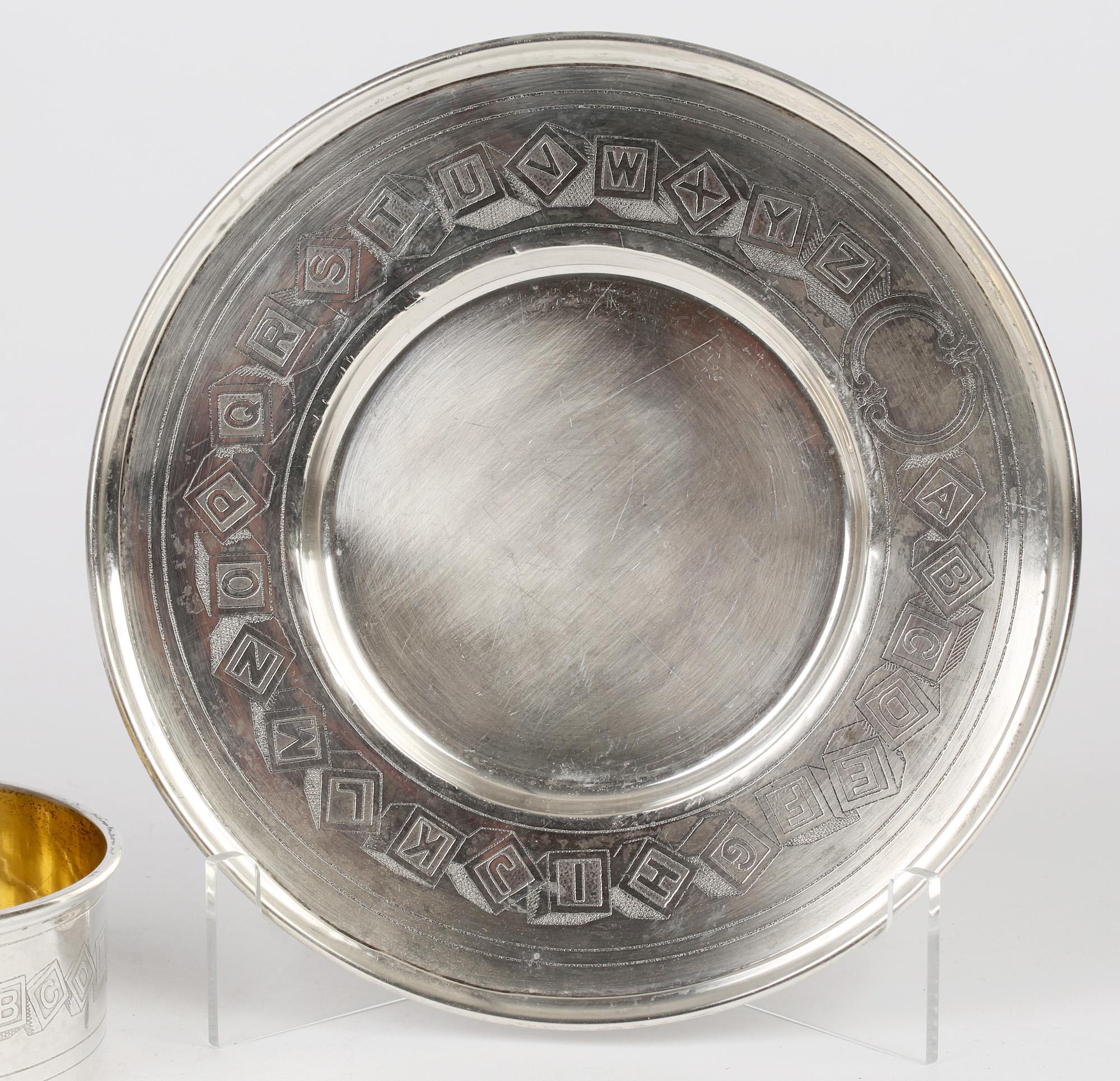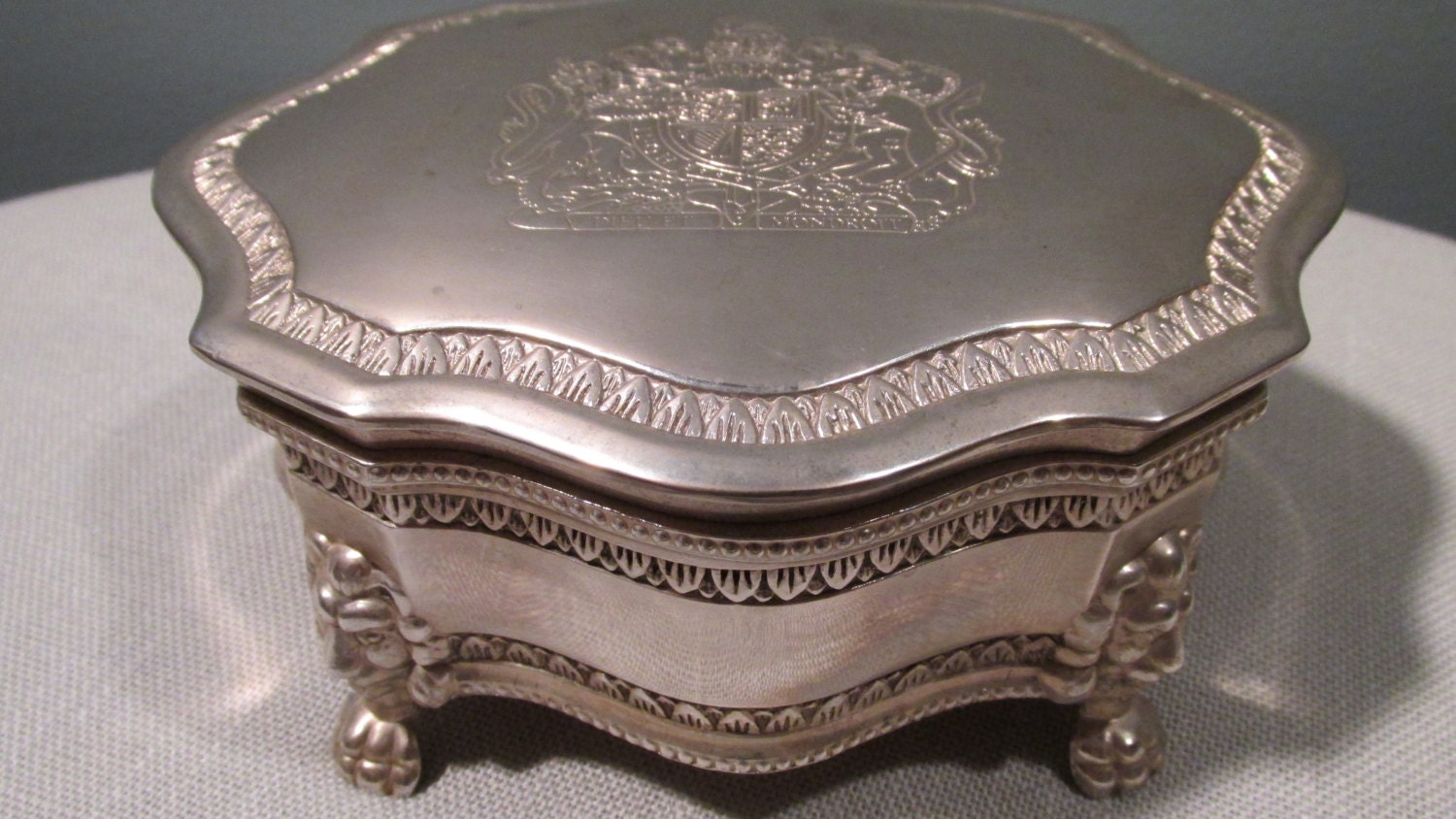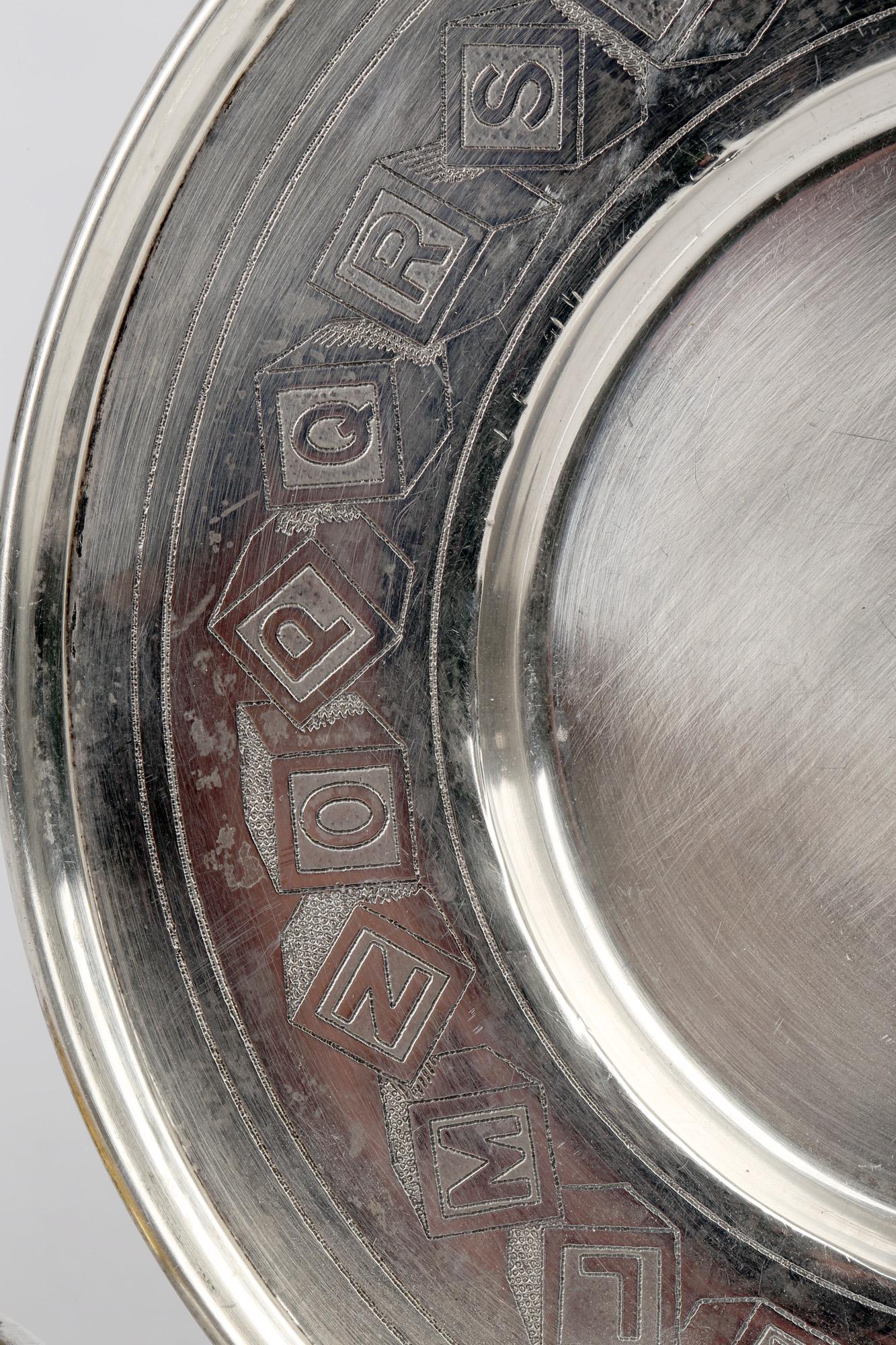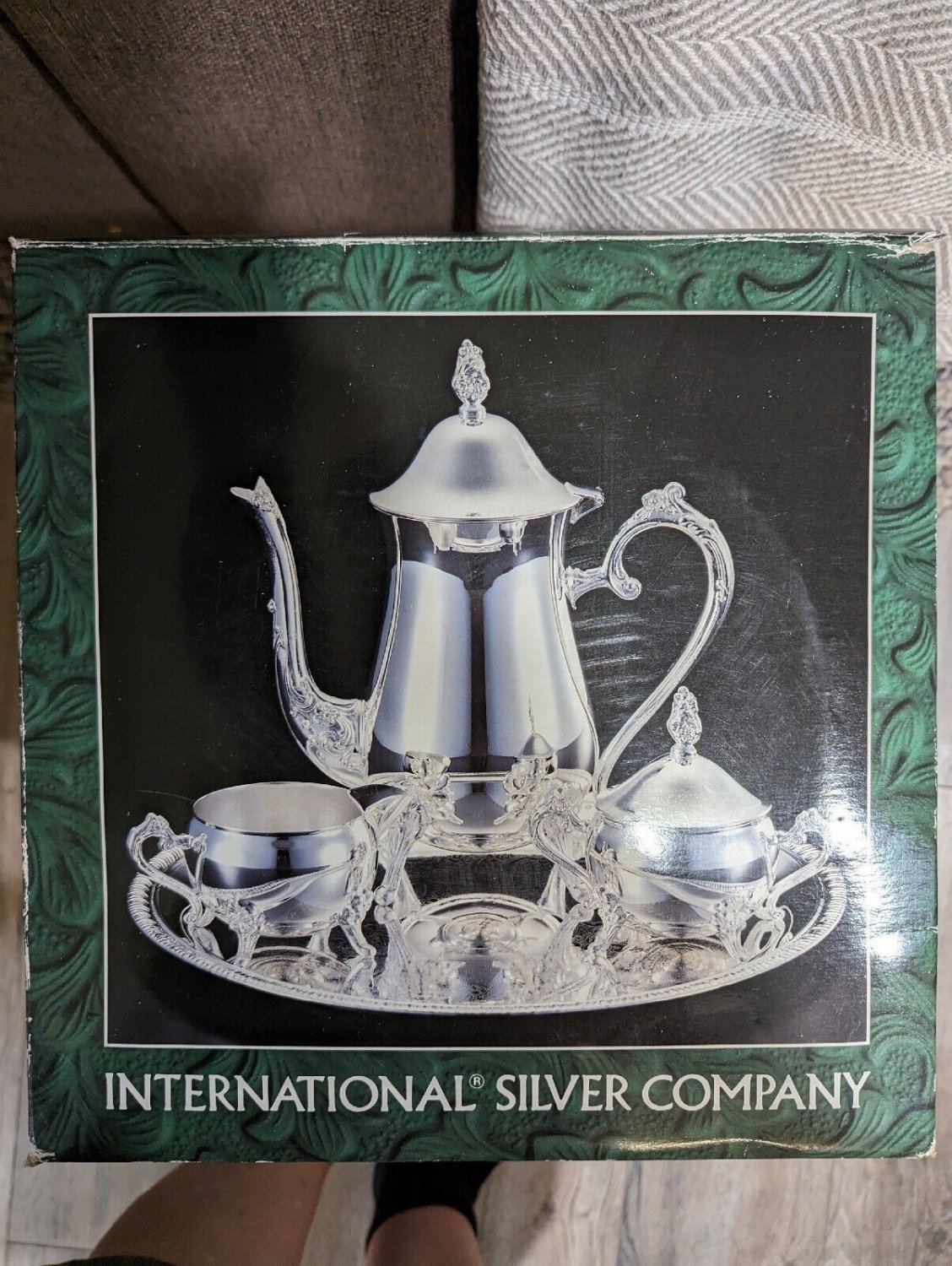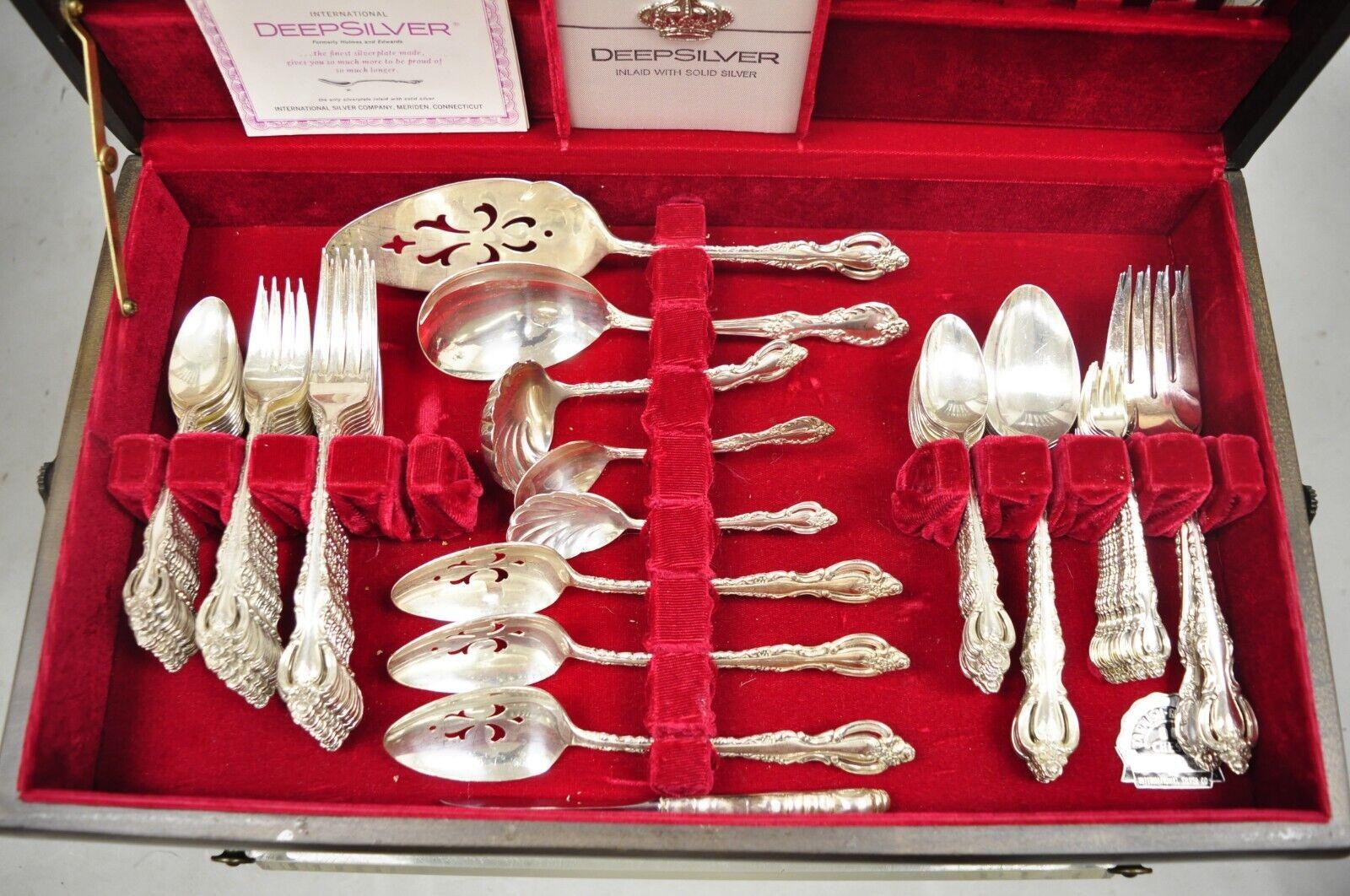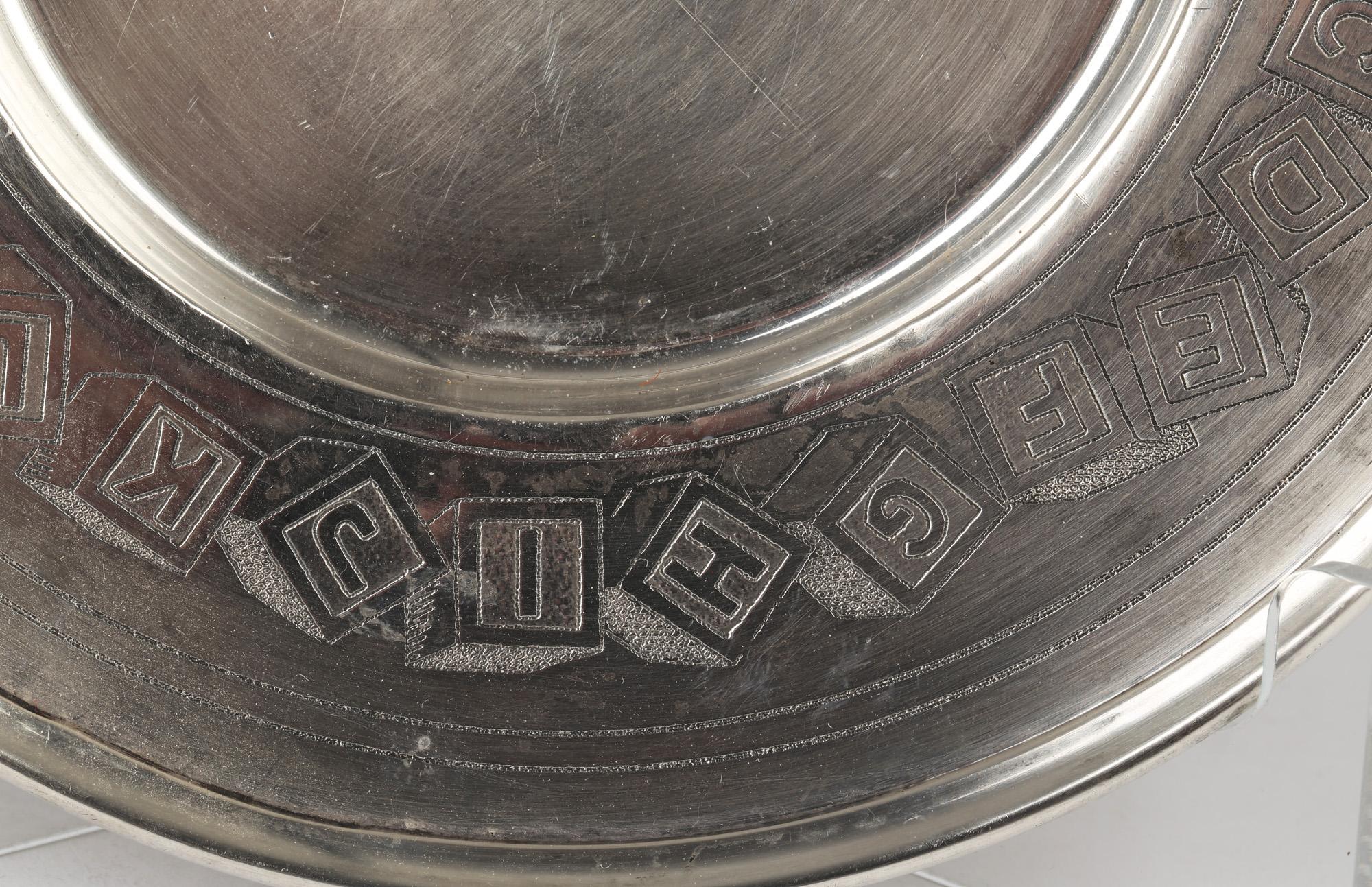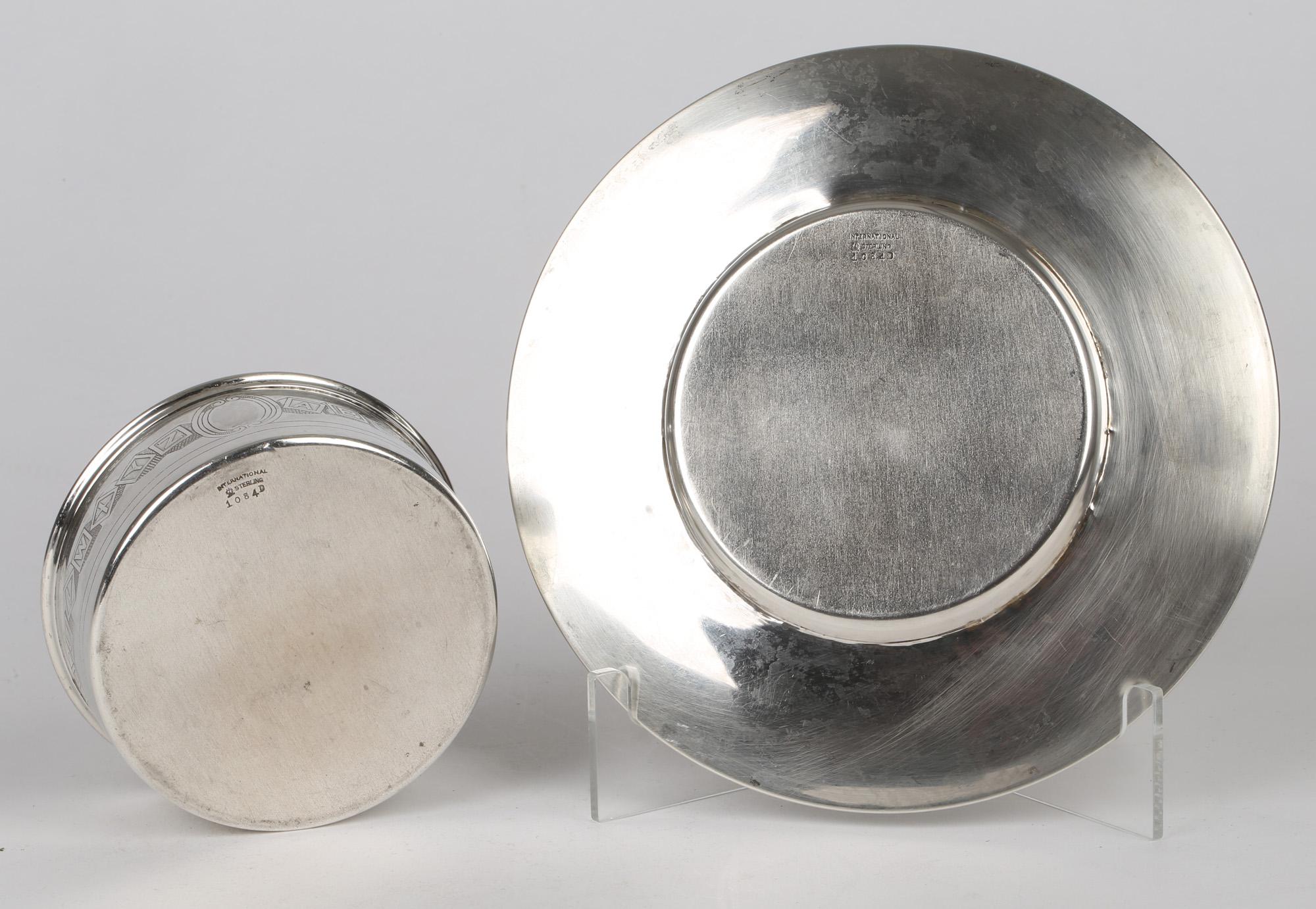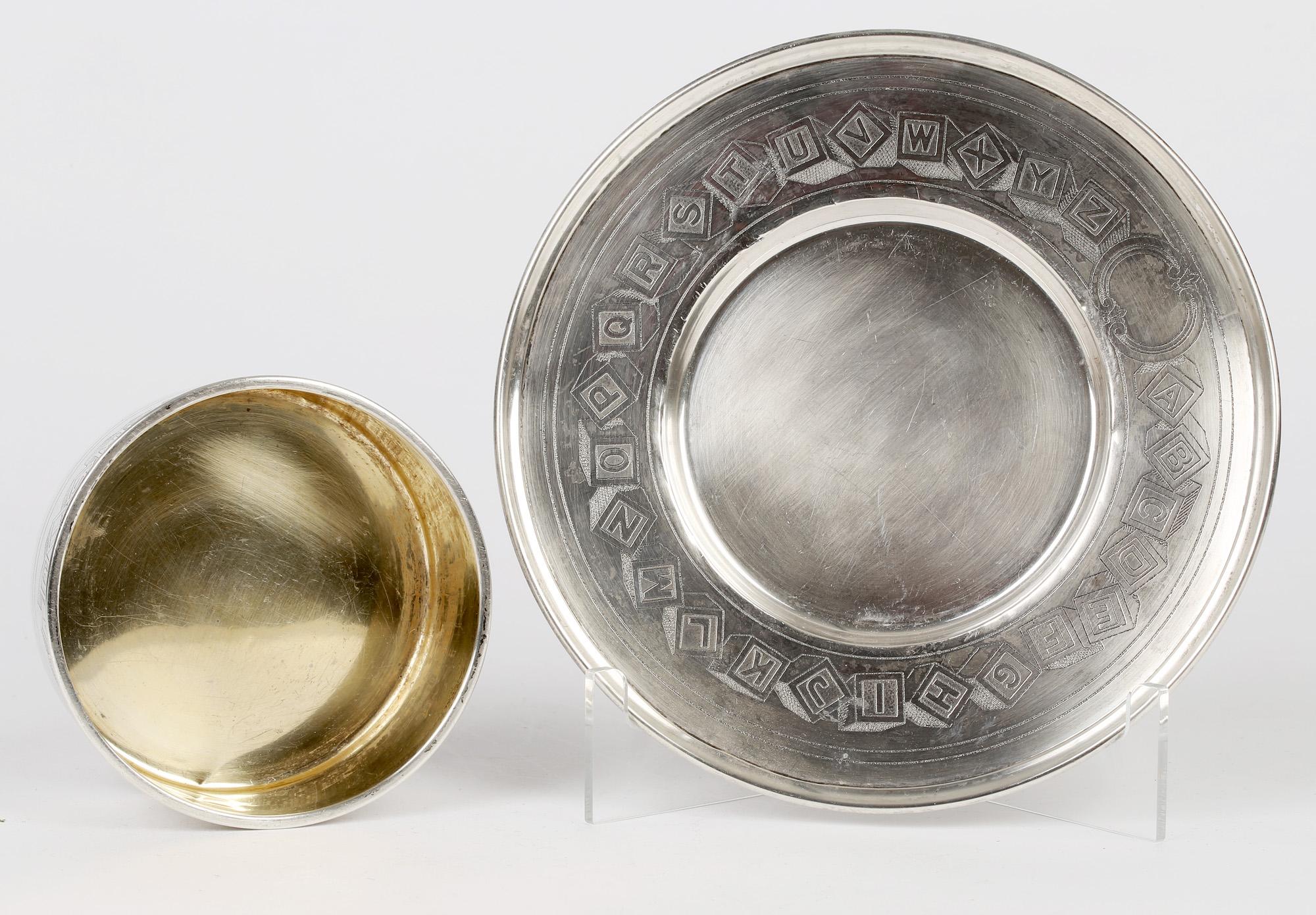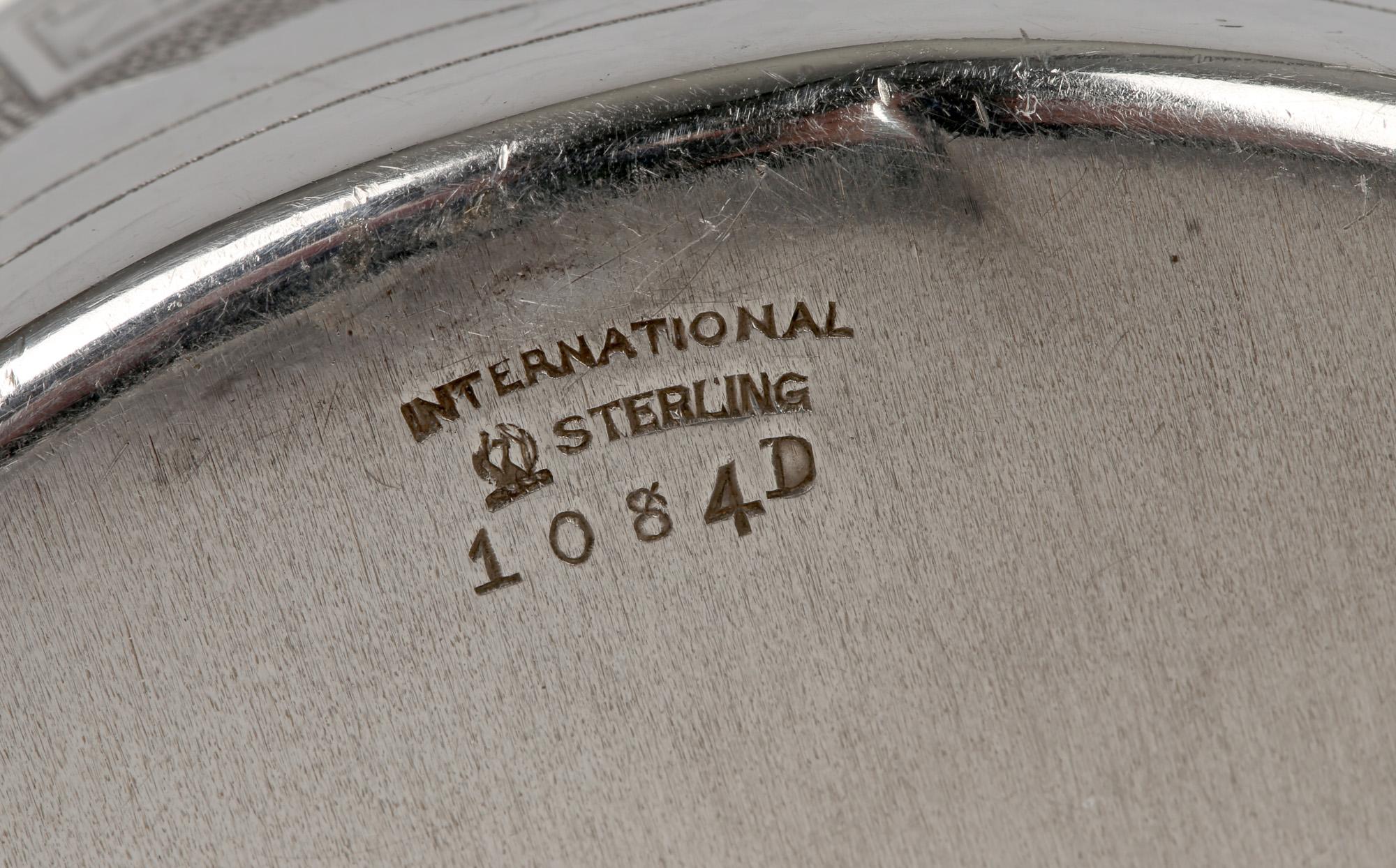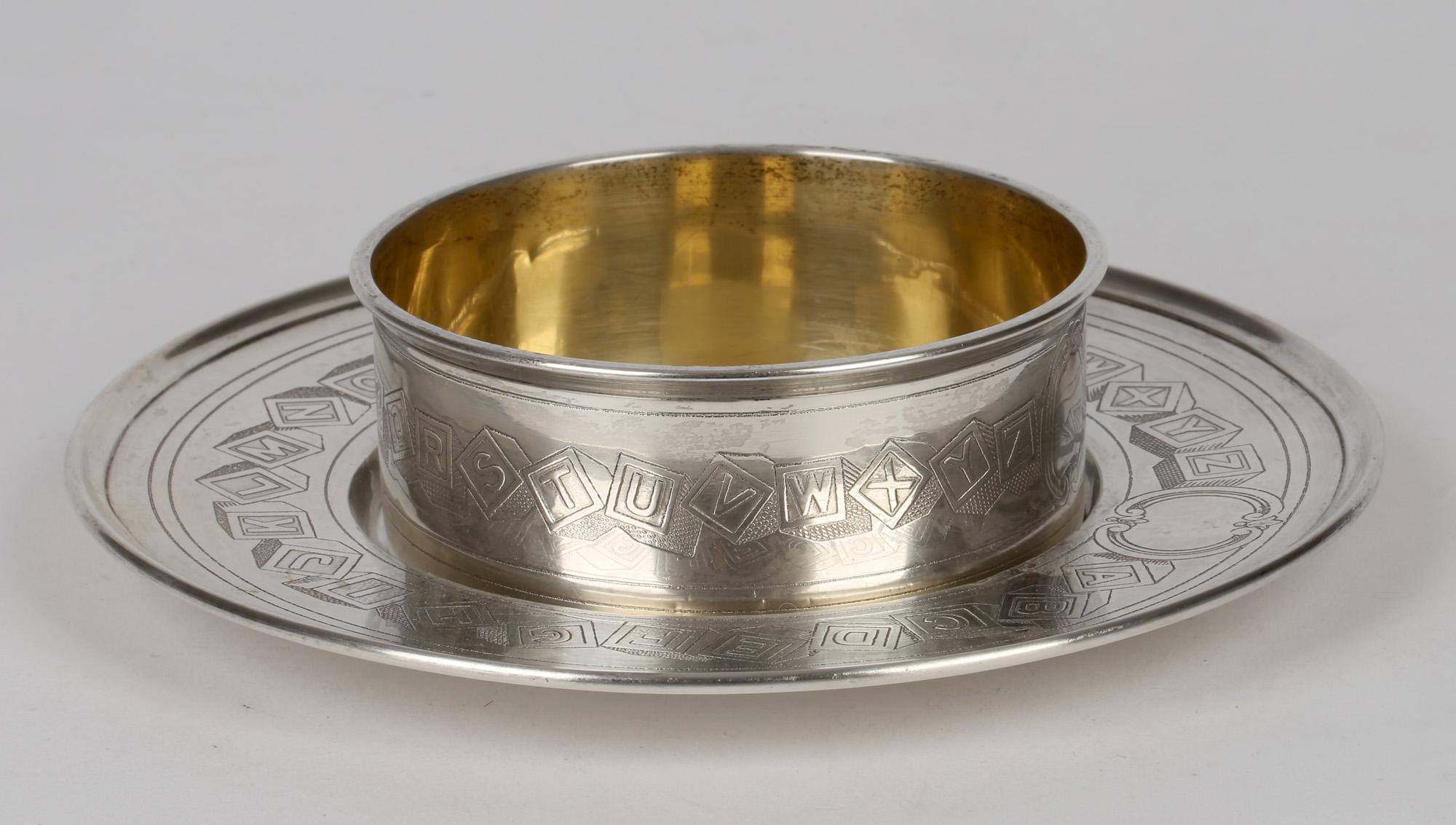Is International Silver Company Real Silver
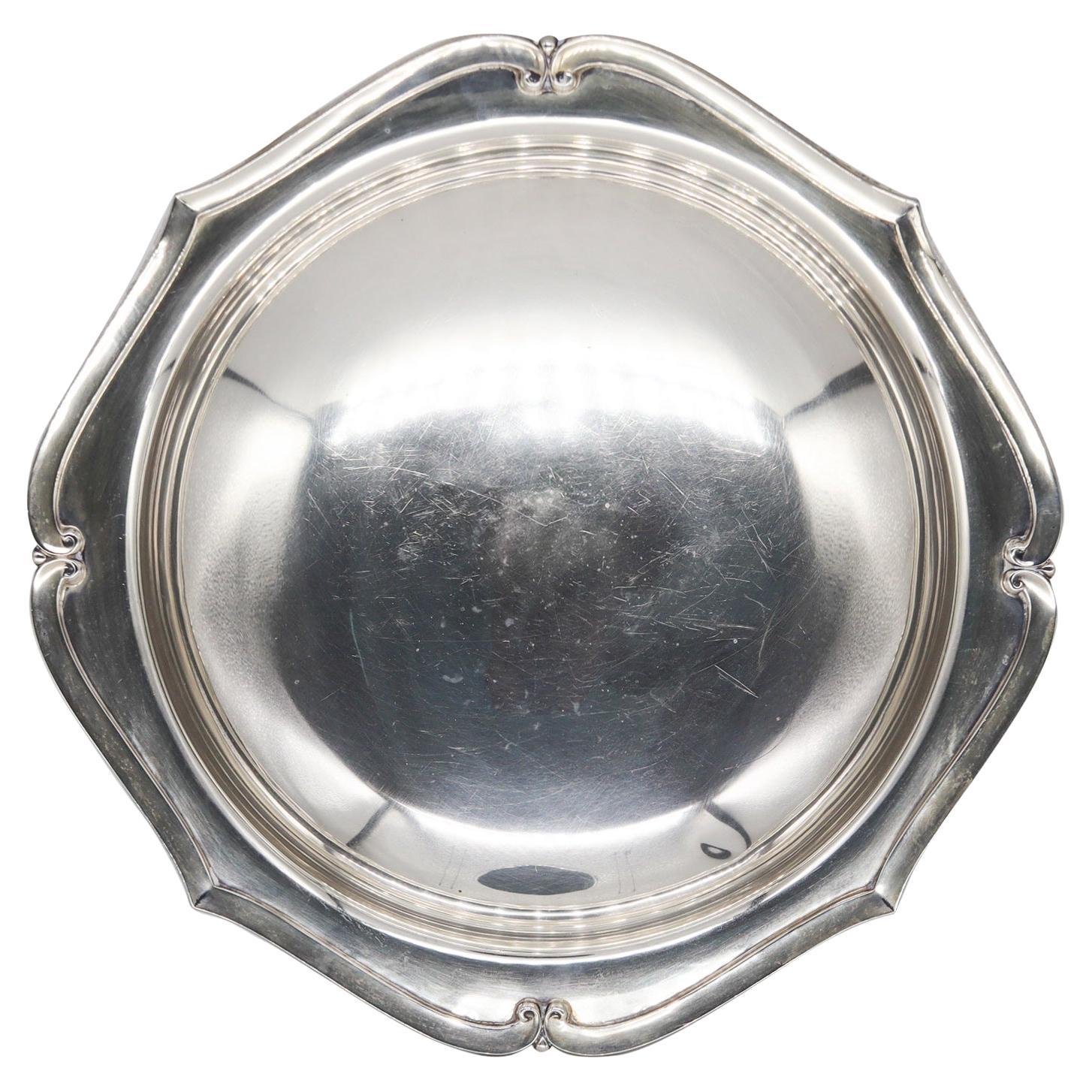
For generations, families have treasured silverware bearing the mark of the International Silver Company, passing down sets as heirlooms and using them for special occasions. But a lingering question often arises: is this silverware actually made of solid silver, or is it merely silver-plated? The answer is more complex than a simple yes or no, and understanding the nuances is crucial before appraising or investing in these pieces.
This article will delve into the history of the International Silver Company, examining the different types of silverware they produced and clarifying the difference between solid silver, silver plate, and other alloys used. We will explore how to identify genuine sterling silver pieces from their silver-plated counterparts, referencing marks, hallmarks, and testing methods. Finally, we'll consider the current market value of both solid silver and silver-plated items from International Silver Company, offering guidance to collectors and those considering selling their silverware.
A Legacy of Silverware Production
The International Silver Company was formed in 1898 through the merger of several smaller New England silverware manufacturers. This consolidation created one of the largest silverware producers in the world, dominating the market for much of the 20th century.
The company offered a vast array of products, ranging from high-end sterling silver flatware to more affordable silver-plated items. This broad appeal allowed International Silver Company to reach a wide range of consumers, establishing its brand in households across America.
Distinguishing Sterling Silver from Silver Plate
Understanding the difference between sterling silver and silver plate is the key to determining the value and composition of any piece of silverware, including those from International Silver Company. Sterling silver is an alloy containing 92.5% pure silver, typically mixed with other metals like copper for added durability.
Silver plate, on the other hand, consists of a base metal, such as brass or copper, coated with a thin layer of silver. This layer of silver is applied through a process called electroplating, making it significantly less valuable than solid sterling silver.
Identifying Marks and Hallmarks
The most reliable method for determining whether a piece of International Silver Company silverware is sterling silver or silver-plated is by examining its markings. Pieces made of sterling silver will typically bear a hallmark indicating the silver standard, such as "Sterling," "925," or the lion passant mark commonly found on British silver.
International Silver Company often used specific marks to denote the quality and composition of their silverware. Look for these marks on the back of flatware, the underside of hollowware, or the base of candlesticks.
Silver-plated items will usually be marked with terms like "Silver Plate," "EPNS" (electroplated nickel silver), or "IS" followed by a pattern name. The absence of a sterling silver hallmark is a strong indication that the item is silver-plated.
Testing for Silver Content
If the markings are unclear or absent, certain testing methods can help determine the silver content of silverware. The ice test involves placing an ice cube on the metal; sterling silver will melt the ice cube much faster than other metals due to its high thermal conductivity.
Another common test involves using a silver testing solution, which reacts differently to sterling silver and silver plate. However, it is crucial to use caution with these tests, as they can potentially damage the surface of the silverware.
"Always exercise caution when testing antique silverware, and if you're unsure, consult with a qualified appraiser," advises a representative from the Appraisers Association of America.
The Market Value of International Silver Company Silverware
The value of International Silver Company silverware varies greatly depending on its composition, rarity, condition, and pattern. Sterling silver pieces command a significantly higher price than their silver-plated counterparts.
Factors influencing the value include the weight of the silver, the intricacy of the design, and whether the piece is part of a complete set. Rare or historically significant pieces may also fetch a premium at auction or through private sales.
Silver-plated items, while not as valuable as sterling silver, can still have some worth, particularly if they are in excellent condition or represent a desirable pattern. Their value primarily lies in their aesthetic appeal and functionality rather than their intrinsic silver content.
The Future of Silverware Collection
The market for antique silverware continues to evolve, with interest fluctuating based on trends, economic conditions, and collector preferences. While the demand for some traditional patterns may wane, unique or historically significant pieces often retain their value.
As consumers become more aware of the environmental impact of manufacturing, there may be a renewed appreciation for vintage and antique silverware. Buying and preserving these items can be seen as a sustainable alternative to purchasing new products.
Whether you're a seasoned collector or simply curious about the silverware in your family's heirloom chest, understanding the difference between sterling silver and silver plate is essential. With careful examination and research, you can accurately assess the value and appreciate the history of your International Silver Company pieces.
